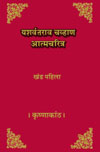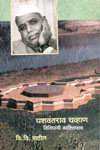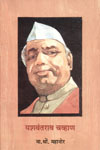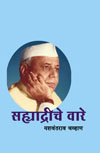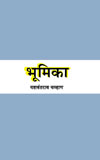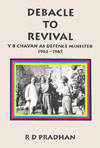We certainly put a virtual ceiling on the wealth of every one in urban areas., Can you not say that this is a step in the right direction? Are you not going to concede that much? Certainly this could have been done earlier but at the same time I would say that one must concede that these efforts are at least now being made. Coming back to some of the points which Members have made, I see that some Members said about Garibi Hatao, that the budget does not serve Garibi Hatao. Let us understand the problem of poverty. In this country certainly Garibi Hatao was a very powerful slogan, but it is not merely a powerful slogan. It is the main programme before this country. This is the national programme of the country. We will have to fight the poverty. Let us understand what is poverty and how do we tackle the problem of poverty. I think some Members, not in this House but in the other House, quoted Mr. Dandekar. He has made a very good study of the problem of poverty. He has defined the problem of poverty in a nutshell and I agree with him. He has said that the real essence of the Indian poverty problem is that there is slow rate of growth and the income and wealth is unequally distributed. These are the two features of the problem of Indian poverty. We will have to, see that there is further growth, at the same time this growth will have to be properly or equally distributed among all the sections of the society That is the general approach and I entirely agree with that approach. He has given many suggestions and one of them is that we will have to find massive resources to start rural employment of the range of Rs.800 to Rs.1200 crores.
Shri N. G. Goray : From Rs.800 to Rs.1,200 crores.
Shri Y. B. Chavan : Yes. When it comes to raising the massive resources, people start shaking in their shoes. It is said that we have not touched the corporate sector. I would like to say that in this year’s Budget we are collecting about Rs. 27 crores from direct taxes and out of this Rs.16 crores are from the corporate sector. More than 50% of this year’s direct taxation effort is coming from the corporate sector but at the same time I must say that we have done it by withdrawing some exemptions because our idea was, that if at all we want certain growth of the corporate sector, it will help, if it accumulates certain resources or, if there is higher capital formation. That also is a consideration which I do not want to deny but it is not true to say that we have not touched the corporate sector. We have certainly tried to touch the personal accumulation of wealth. That certainly we have done whether one likes it or not. I do not claim that-it is 100% socialist, but certainly I claim, it is a very definite and a positive step towards the implementation of the socialist programme.
This Budget has certainly taken a very important step in a very right direction and my test was when the criticism came. When Mr. Chinai said here in this house that this is an antisocialist Budget, I take it for granted that this must be a socialist Budget. I will certainly say that. Unfortunately he is not present here but I would say this is the very very final test of the character of the Budget.

